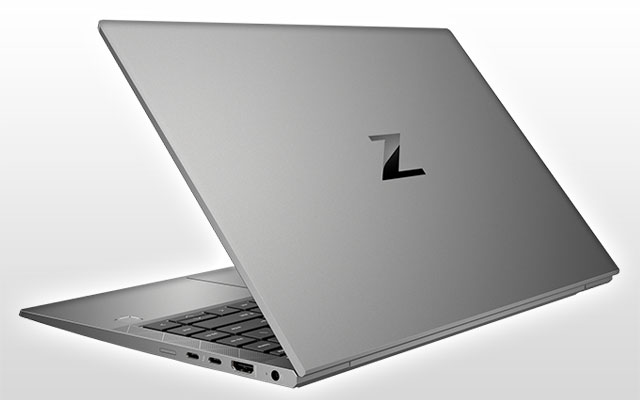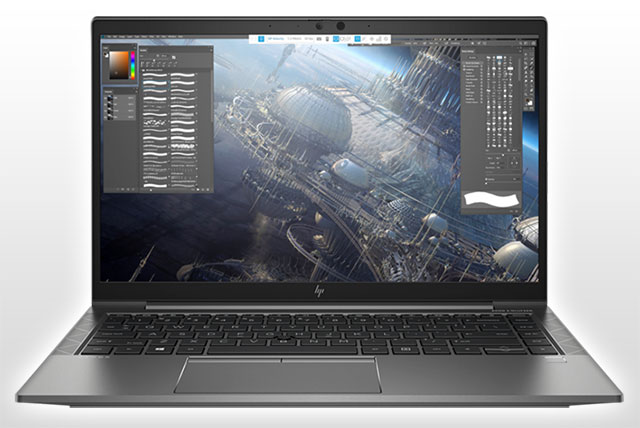HP this month announced the release of its Sustainable Bond Framework, which will be used to issue bonds to help the company finance projects for a more sustainable future.
Unfortunately, moving to a more sustainable model isn’t cheap, and while the benefits to the planet are critical, funding the conversion is problematic.
However, HP has long showcased its leadership in sustainability and a willingness to apply innovative methods to achieve its goals. This bond effort isn’t trivial as it represents one-half of HP’s recent $2B overall debt offering.
Let’s talk about this move to sustainability this week. We’ll close with one of the more exciting products that HP has recently announced, the ZBook Firefly notebook computer, which appears to be the lightest workstation so far released into the market.
The Critical Need for Sustainability
We are being overwhelmed with long-term industrial behavior problems tied to troubling worldwide events like climate change, ocean-borne plastics, pollution of our water and air, and out-of-control landfills. These issues are on top of recycling programs that have become non-viable and an overreliance on fossil fuels.
To fix these problems requires more than governmental promises. It requires industries to change their behavior. Unfortunately, some like the cattle and petro chemical industries are at incredibly high risk because they fought change for so long that replacement technologies are now coming to market.
These replacement technologies include artificial beef, electric vehicles, and most recently artificial milk. (This last is fascinating because an AI was used to create it, and this Jeff Bezos-backed product is nearly indistinguishable from regular milk.)
Replacement moves like these showcase that the market will transit to a different technology if the related industry can’t address its sustainability issues. HP doesn’t want to be in that position and has stepped up as the leader in their space — PCs, and printers — in terms of sustainability. Interestingly, they lead in security as well.
Sustainability Isn’t Cheap
The goal is to create fully recyclable products, don’t damage the environment as they are built, and consume some of the existing waste already in our oceans and landfills.
Unfortunately, changing an entire supply line, manufacturing process, and development process to meet these goals is a costly proposition. Most companies appear to be trying to do this with their existing R&D budgets. Progress has generally been disappointing, given we needed a lot of these problems fixed by now.
But too much of our operating revenue is required. You’ll have to raise prices, which in a competitive market is problematic; cut profits, which will piss off investors and likely force an executive change to someone that won’t be as focused on sustainability; or hope you get away with faking it. Some well-regarded vendors are taking that last option, unfortunately.
What Makes Bonds Attractive
With interest rates at historic lows, debt financing this effort and targeting investors who not only want a return but want to feel like they are making the planet a better place to live becomes a viable path.
Therefore, this use of bonds became a viable alternative to execute for a company like HP that wants to lead the world in sustainability.
The Need for Bond Framework
However, to assure that the money raised will be targeted as promised to HP’s sustainability efforts, HP has come up with an interesting framework that included a committee with representatives from HP’s sustainability, treasury, and finance teams.
In addition, all efforts are to be personally approved by the Chief Sustainability and Social Impact Officer to assure no one is gaming the system.
Finally, HP promises to publish an annual sustainability report starting in 2022 that will include the projects funded, the number of bond sales, expected impact from these efforts (where feasible), and a running balance of funds not yet allocated — which could drive third-parties to pitch sustainable processes or alternatives to HP for that funding.
Sustainability Goals
This effort is in line with and will help HP achieve its stated sustainability goals of net zero greenhouse gas emissions across its value chain by 2040, its supplies business being carbon neutral by 2030, reach carbon neutrality and zero waste in HP operations by 2025, reach 75 percent circularity (full recycling) of products by 2030, and counteract the deforestation caused by non-HP products by 2030 (HP currently pulls from sustainable resources for its offerings).
All of these goals are ambitious, and several such as the circularity and carbon-neutral goals will require substantial expensive changes in the company.
Wrapping Up: The Importance of the Race
If you want to drive change, you have to make that change yourself and get others to follow your lead. Competition can do that, and by stating that they want to lead in sustainability (in addition to diversity and security), HP is throwing down the gauntlet to make these critical goals a race. We humans are competitive by nature, so if we can get companies to compete on making the world a better place to live, we are collectively more likely to complete that critical goal.
It would be nice if these efforts just naturally had a higher priority, but we are, as a race, status-oriented. So while a considerable number of people do make their lives about making the world a better place, they weren’t enough of a force to prevent the critical problems we now face with our environment.
By making this a race, regardless of whether HP wins it, more firms will want to compete and measure themselves by HP’s efforts. Given these efforts are currently market leading, this is a tide that should raise all boats eventually, assuming it is successful. The impact on our environment should be far more impressive than anything HP can do by itself.
Using bonds to close the funding gap is financially creative — and making this a contest is social engineering. But, when it comes to saving the planet, maybe the only way to get enough momentum behind the sustainability effort to save use. Now we need a few companies to pick up the gauntlet, give

The HP ZBook Firefly 14 G8 Mobile Workstation
The people at HP aren’t just standing out in diversity and sustainability; they are doing an impressive job with product design. I currently carry their Elite Folio as my favorite laptop, I’m entranced by their Dragonfly top-of-line consumer and executive offering, and I am surrounded by HP printers that have never let me down.
One of their most interesting recent products is the ZBook Firefly mobile workstation. I’ve covered workstations for years and HP has often surprised me with things like cases designed by automotive design companies for better cooling and an aggressive workstation laptop effort.
The latest product that caught my eye was this ZBook Firefly workstation which prices out very similarly to the fully loaded Dragonfly laptop but shifts focus from the Firefly’s incredible feature list to professional performance in a 3 lb. class, all-day power offering.

For someone that is an animator, architect, or engineer, this is arguably the lightest certified workstation (to be viable, workstations need to be certified by the software vendors supported by the product).
In performance, it easily outstripped their high-end Dragonfly Max at the same price even with benchmarks tied to consumer efforts like PCMark, 3DMark, and Geekbench.

The one I was sent to test even had a DreamColor display developed with DreamWorks for animation and provides a level of color accuracy that may be unmatched in the segment.
Though were it me, given I can’t draw worth a damn, I’d trade that display for their 1,000 nit Sure View display, which is outdoor viewable display (it’s summer, and I want to work outside), which has the best security feature I’ve so far tested.
I’m not the target market for this laptop, so I gravitated more toward the Elite Folio, but if I were, the HP ZBook Firefly would be the product I’d choose — and I choose to make it my product of the week.

























































